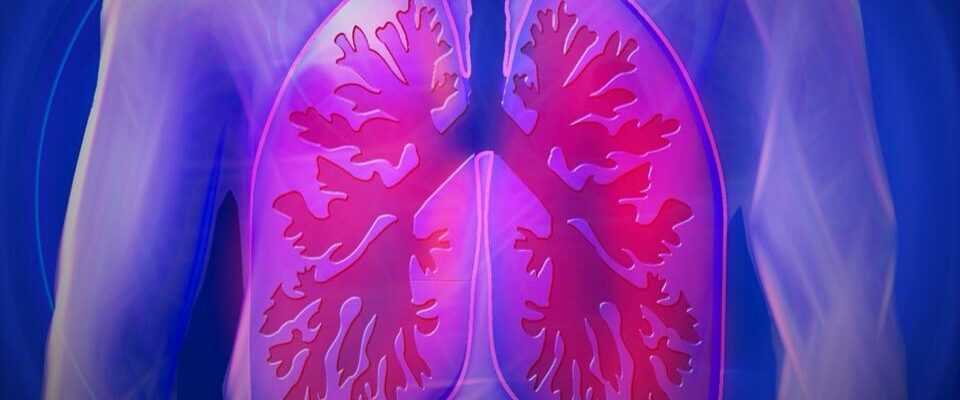A first. Researchers recently detected microplastic particles in the lungs of living people. This new discovery follows a study which revealed that these same microparticles could also be lodged in human blood.
This work, published in the journal Science of the Total Environment and relayed by the Guardian, showed that out of thirteen samples of lung tissue from patients who were to undergo surgery, eleven contained microplastic particles of up to 0.003 millimeters. .
According to the research team, these particles come mostly from plastic packaging.
Namely: polypropylene and PET. Now ubiquitous on the planet, microplastic pollution has therefore become inevitable for humans.
A MAJOR BREAKTHROUGH FOR HEALTH
“We didn’t expect to find the greatest number of particles in the lower regions of the lungs, nor particles the size of those we found,” explained Laura Sadofsky, UK doctor and lead author of the study.
“This is surprising because the airways are smaller in the lower parts of the lungs and we would have expected particles of these sizes to be filtered out or trapped before reaching this depth.” For Dr. Laura Sadofsky, this discovery will help to learn more about the impact of microplastics on human health. “There is a growing concern about the risks” to health, underlines the author of this research.
In fact, a Dutch study last month reported the discovery of plastic microparticles in human blood. A discovery that had raised questions about a possible penetration of these particles into the organs. “It is scientifically likely that plastic particles can be transported to organs via the blood system,” explained the authors of this study.
